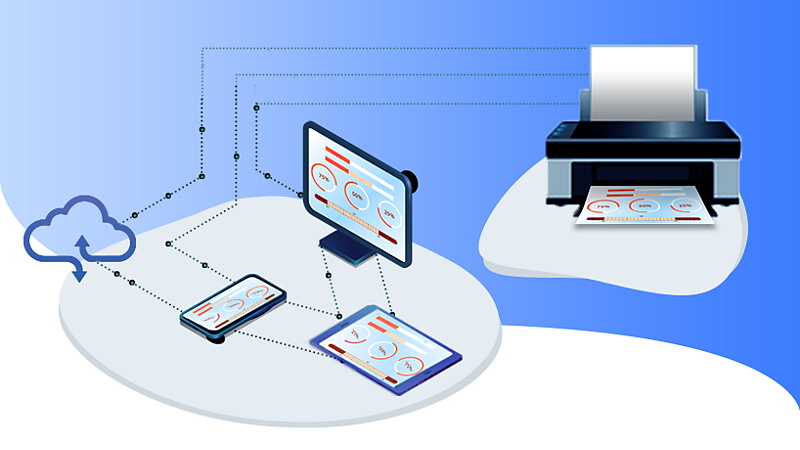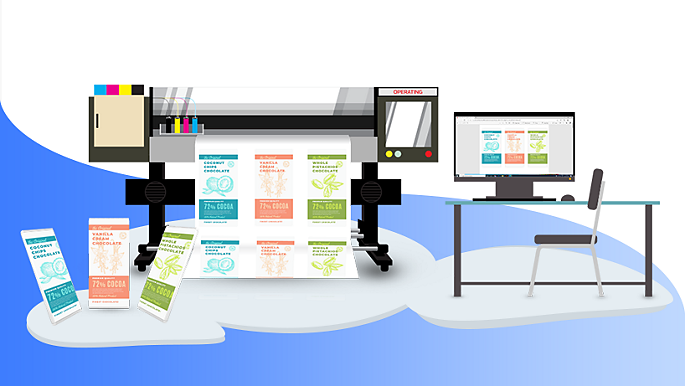Best-in-class RIP technologies providing office printing and commercial printing solutions
Best-in-class RIP technologies providing office printing and commercial printing solutions
Best-in-class RIP technologies providing office printing and commercial printing solutions
Adobe Embedded Print Engine
Adobe PDF Print Engine
Évolution of the PostScript Language
Adobe PostScriptᴹᴰ was at the forefront of the Desktop Publishing Revolution. It was released in 1984 and was not only the first device-independent Page Description Language (PDL) but also a programming language. It was originally designed to print documents on laser printers but was soon adapted to produce high-resolution files for imagesetters used by commercial printers.
Adobe PostScriptᴹᴰ translates ideas into print — exactly as intended. It quickly became the technology of choice for high-quality output. PostScript brought assurance that the most complex documents would print accurately. It delivered superior processus efficiency and reliability. Enterprises around the world were quick to adopt the technology. Today the Adobe PostScript trousse SDK (Software Development Trousse) continues to run on a wide range of operating systems and en temps réel platforms. It is licensed by leading Original Equipment Manufacturers (OEMs) and has been at the core of more than 20 million devices since its launch.

Much of the power of the PostScript language derives from its ability to not only allow the description of images but also vector graphics, text, color and shades UNLIKE the matriciels formats of the day (and today). It can deal with the general class of matriciel output devices (printers and affichages) as it can be used as an interactive system for controlling them. The defining property of a matriciel output device is that a printed or displayed image consists of a rectangular array of dots, called pixels, that can be addressed individually. The ability to individually set colors of pixels means that printed or displayed output can include text, fonts, arbitrary graphical shapes, and reproductions of sampled images.
The Adobe Print Family delivers best-in-class RIP and driver technologies to market-leading print OEMs, enabling them to provide « Commercial Printing » solutions to Print Service Providers and « Office Printing » solutions to small, medium, and large organizations.

Office Printing
The PostScript RIP was a common component for laser printers until the 1990s. Today, Adobe PDF has replaced PostScript as the preferred print file format and is also the dominant format for document sharing and collaboration across devices and platforms. Adobe Embedded Print Engine is the next-generation RIP for driving desktop and multi-functional printers (MFPs). It can natively process PDF files for fast reliable printing in the office and accueil environments. It is optimized for printing au moyen d'appareil mobile and nuage and accurate output to low print-speed, low-resource devices without compromising performance and print quality.
Commercial Printing
Adobe PDF Print Engine is the industry's leading imaging technology for commercial print. It powers processus in every industry segment, driving over 200,000 presses and proofers around the globe. As concepteurs push creative boundaries with Adobe Creative Cloud, the PDF Print Engine employs the same core technologies used in Photoshop CC, Illustrator CC, InDesign CC, and Acrobat to render content for reliable reproduction on any surface in any manufacturing process.




